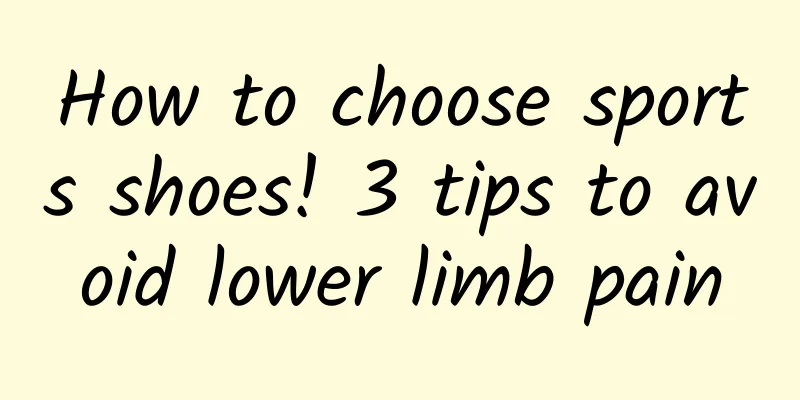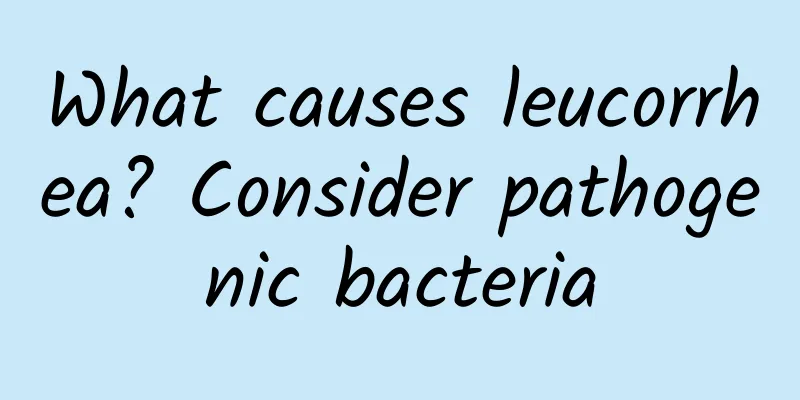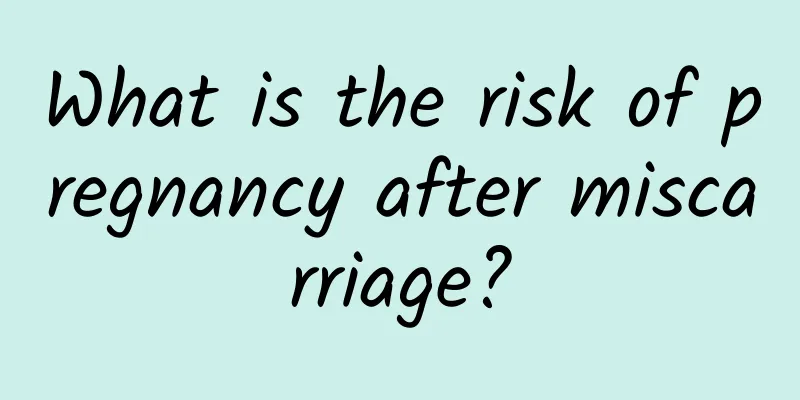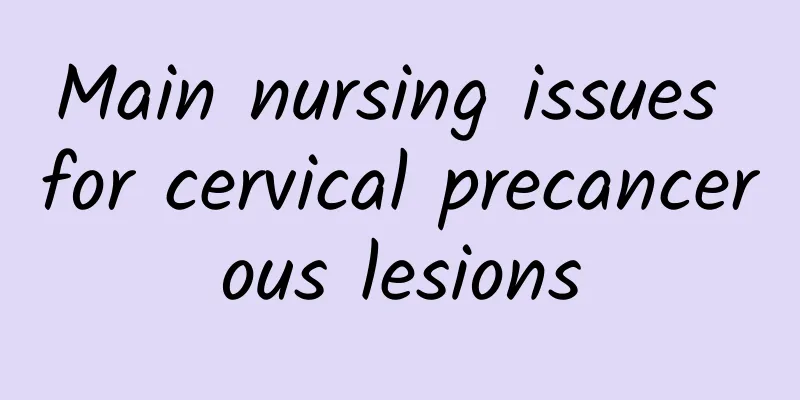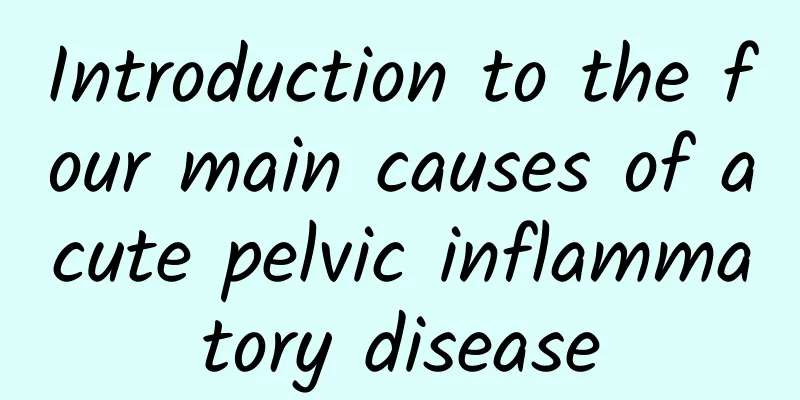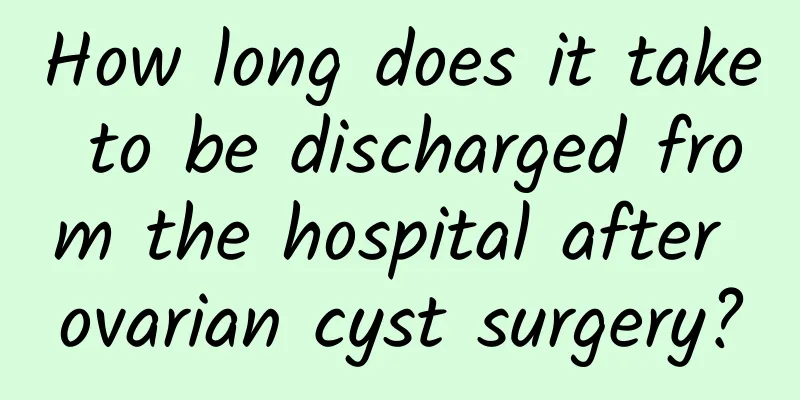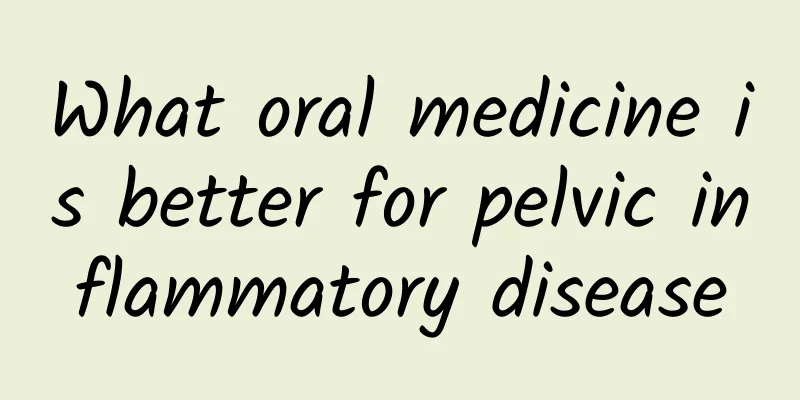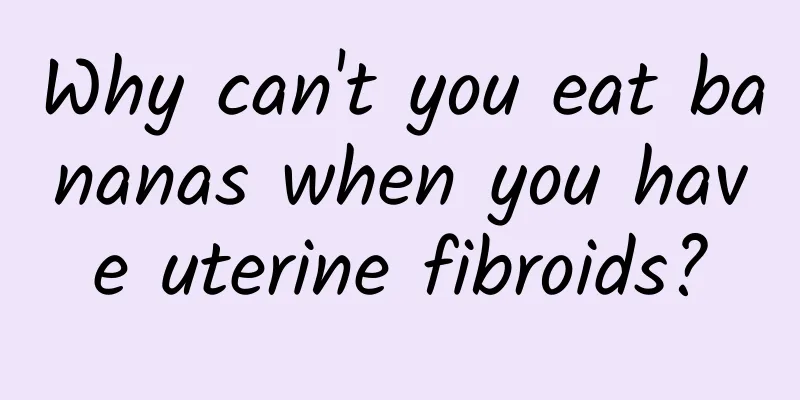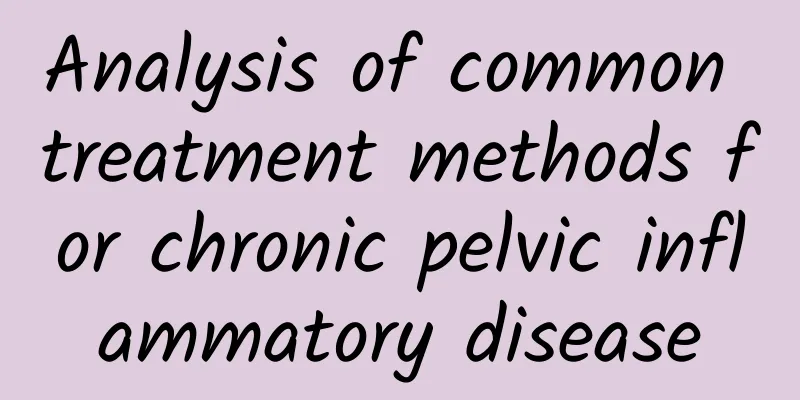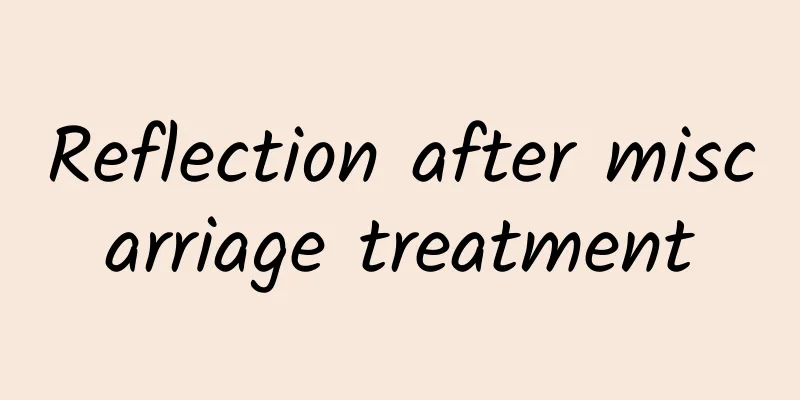Can I take medicine to cure my left ovarian cyst?
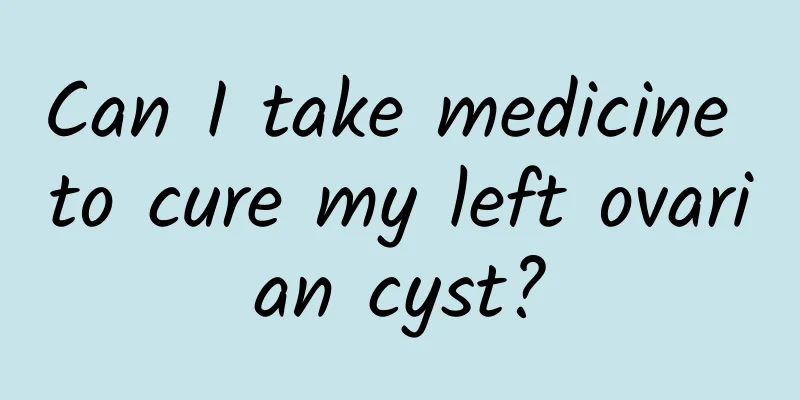
|
Whether the left ovarian cyst can be cured by taking medicine depends on the nature of the cyst. Most functional cysts (such as corpus luteum cysts and follicular cysts) may gradually disappear through drug treatment, while for cysts of other natures, such as true cysts or larger pathological cysts, drug treatment has limited effect and surgical treatment may be required. Functional cysts are usually caused by hormone fluctuations and usually disappear on their own within a few months. In such cases, doctors may recommend taking short-acting oral contraceptives to adjust hormone levels and accelerate the absorption of cysts. In cases where cysts are accompanied by pain or inflammation, nonsteroidal anti-inflammatory drugs (such as ibuprofen) can also be used to relieve symptoms. If the cyst is caused by ovarian inflammation, antibiotics such as amoxicillin combined with clavulanic acid or ciprofloxacin can be used for anti-inflammatory treatment. However, if the cyst is found to be pathological and its internal tissue is more complex (such as chocolate cysts, teratomas), it is difficult to cure it with drug treatment. Even if the cyst is small, close follow-up is required. When the cyst is large (more than 5 cm in diameter) or causes symptoms such as persistent abdominal pain and pressure, surgical removal is usually recommended. Functional cysts are usually caused by hormone fluctuations and usually disappear on their own within a few months. In such cases, doctors may recommend taking short-acting oral contraceptives to adjust hormone levels and accelerate the absorption of cysts. In cases where cysts are accompanied by pain or inflammation, nonsteroidal anti-inflammatory drugs (such as ibuprofen) can also be used to relieve symptoms. If the cyst is caused by ovarian inflammation, antibiotics such as amoxicillin combined with clavulanic acid or ciprofloxacin can be used for anti-inflammatory treatment. However, if the cyst is found to be pathological and its internal tissue is more complex (such as chocolate cysts, teratomas), it is difficult to cure it with drug treatment. Even if the cyst is small, close follow-up is required. When the cyst is large (more than 5 cm in diameter) or causes symptoms such as persistent abdominal pain and pressure, surgical removal is usually recommended. Promoting the absorption of functional cysts can start with lifestyle adjustments, such as maintaining a healthy diet, eating more foods rich in vitamin E (such as nuts, green vegetables) and fish rich in omega-3 fatty acids, which can help regulate hormone levels, while reducing the intake of high-fat and high-sugar foods. Avoiding excessive stress, maintaining a regular work and rest schedule, and exercising moderately (such as yoga, brisk walking) can also help improve ovarian function. If you find that the cyst is increasing in size or the symptoms are getting worse, you must seek medical attention in a timely manner for a comprehensive evaluation, and take more active intervention measures if necessary. |
<<: What complications and symptoms can cervicitis cause?
>>: Acupuncture treatment for premature ovarian failure
Recommend
How to treat ovulation bleeding
How to treat ovulation bleeding? Almost every wom...
Does uterine adnexitis affect pregnancy?
Does adnexitis affect pregnancy? Many people have...
How much does Bartholin's gland cyst surgery cost?
Patients with Bartholin's gland cysts are in ...
Treatments for vulvar itching
Vulvar itching is an uncomfortable feeling that m...
7 tips to get rid of abdominal fat during menopause without worries
Obesity can stimulate inflammatory substances in ...
Why do cervical warts always recur?
Cervical warts are no longer a rare STD in modern...
As a woman, you should always be on guard against the causes of cervical erosion
Cervical erosion is a common gynecological diseas...
Chocolate cyst rupture signs
The signs of chocolate cyst rupture usually inclu...
Diet therapy for congenital absence of vagina
Congenital absence of vagina refers to the obstru...
Common medication misunderstandings in patients with cervical precancerous lesions
As our quality of life continues to improve, our ...
Can women with adenomyosis get pregnant?
Can you get pregnant if you have adenomyosis? Now...
Clinical manifestations of chronic cervicitis
Cervicitis can generally be divided into many typ...
Bloggers love eating this way! Recipe for thin face (Part 2)
Ai Ai Wo, who is not fat, once tried the legendar...
How to treat endometrial tuberculosis in hospital
What are the treatments for endometrial tuberculo...
What are the treatments for uterine fibroids for women who are prone to uterine fibroids?
Uterine fibroids are the most common benign tumor...
